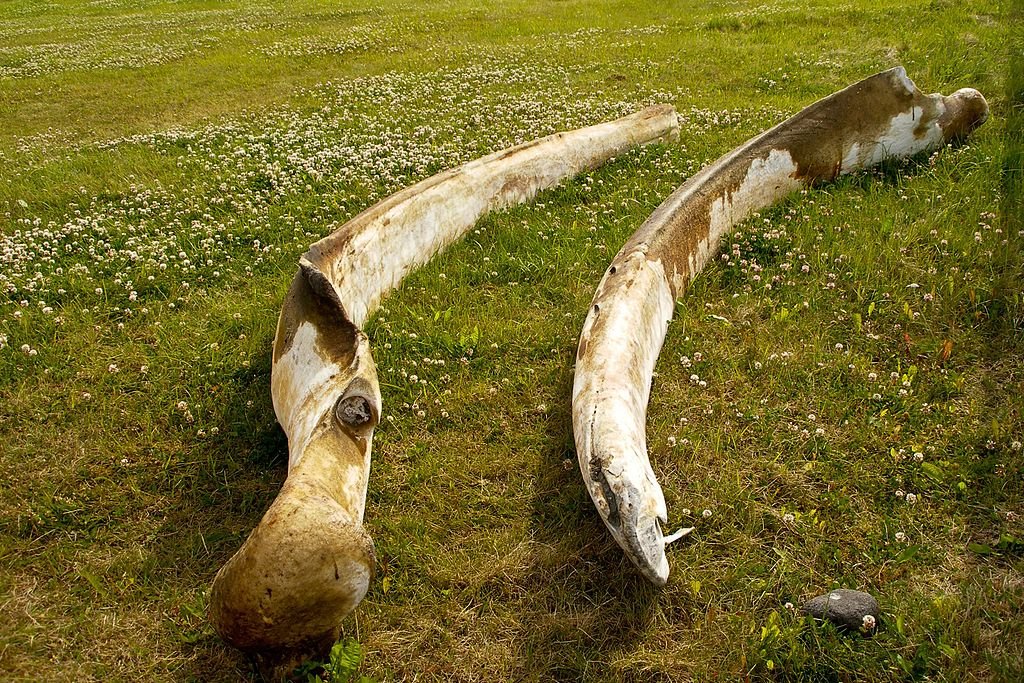Whales have long been hunted for their meat, blubber, and bones; but, when did people first start using these oceanic giants? According to a ground-breaking study, Paleolithic hunter-gatherers along the Bay of Biscay were creating sophisticated tools from whale bones long before organized whaling ever started 20,000 years ago. These revelations, buried for decades in museum collections, change our knowledge of early human creativity and their interaction with the sea.
The Oldest Whale Bone Tools Ever Found

The oldest known evidence of humans using whale remains, archaeologists have found over 150 whale bone relics at Magdalenian sites in France and Spain between 20,000 and 14,000 years ago. From at least five different whale species—including fin whales, sperm whales, and even the now-rare gray whale these tools, which included projectile points, harpoons, and cutting implements were fashioned.
These highly specialized tools, some measuring more than 40 centimeters (16 inches), suggest that whalebone was valued for its durability and size, surpassing even reindeer antler in some uses. They were not just crude scrapers.
Scavengers, Not Hunters: How Did They Get the Bones?
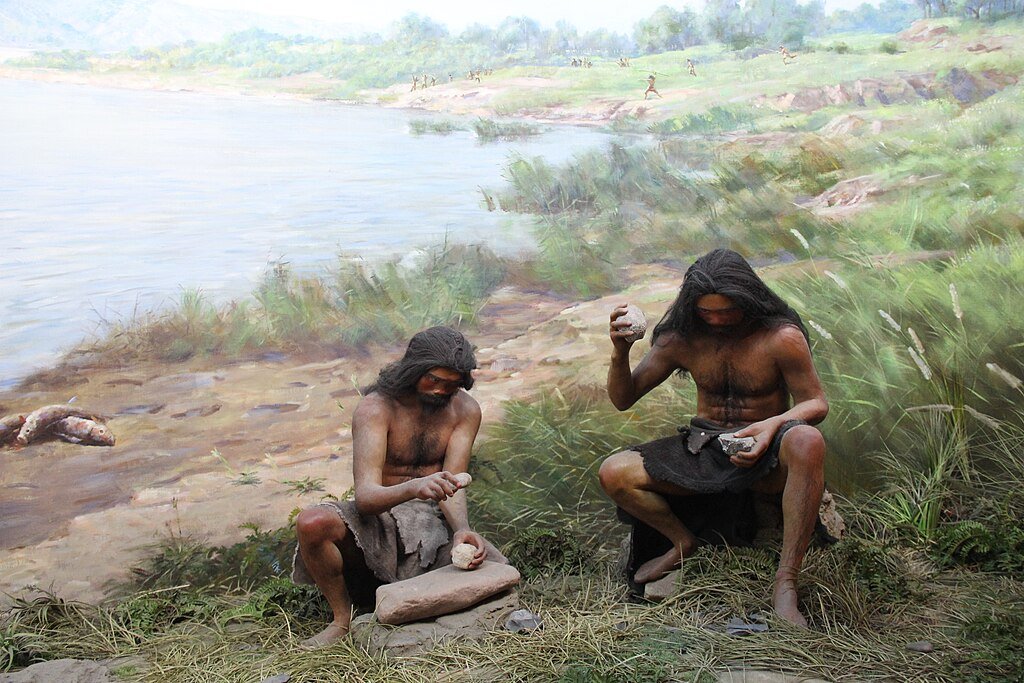
How did Paleolithic people get these huge bones since whale hunting as we know it did not start thousands of years ago? Opportunity for scavenging will help to explain this. Periodically stranded along the coast, whales provide a windfall of resources for surrounding towns.
Lead investigator on the project Jean-Marc Pétillon notes:
“These were not whalers active here. Rather, they used beached whales, shipping bones inland for use in crafts. This was calculated using rare but priceless resources.
This behavior implies that, with people methodically including marine resources into their survival plans, coastal adaptation was far more advanced than hitherto believed.
A Whale Bone Revolution: Why Was It So Special?
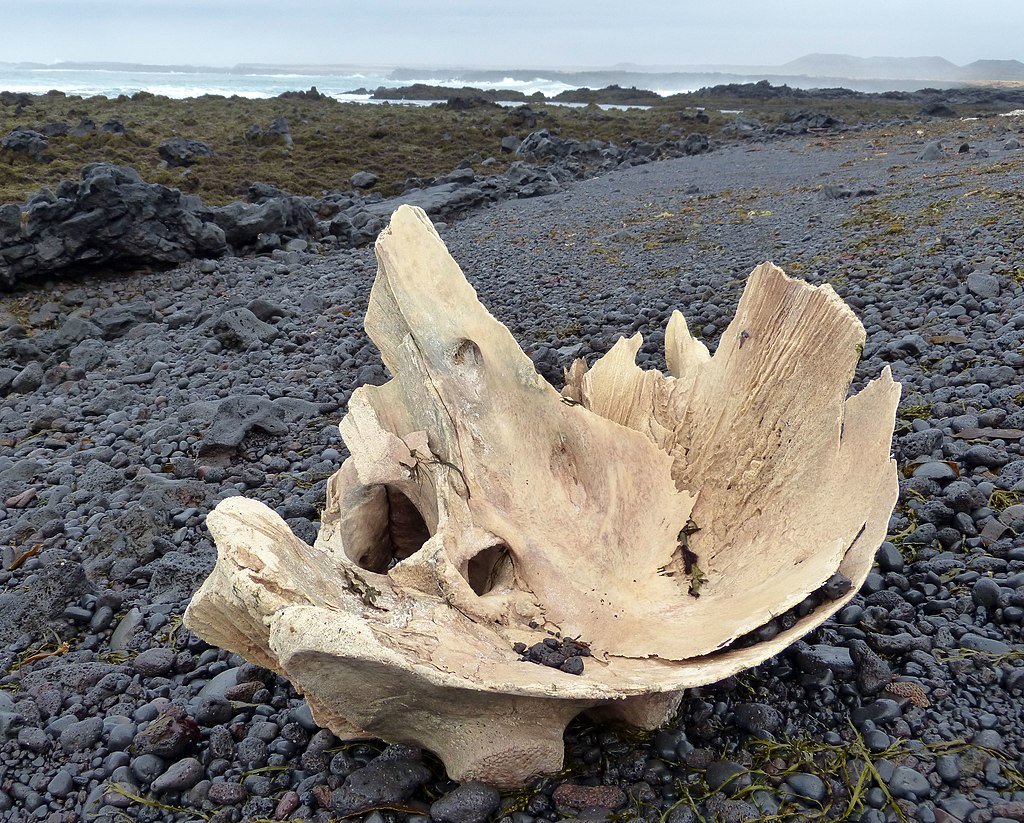
Whale bones provided special benefits above terrestrial resources:
- Large whale bones let longer, stronger projectile points be perfect for hunting large game like bison and reindeer.
- Whale bones, despite their density, could be ground and polished into exact forms, suggesting sophisticated tool making techniques.
- Beyond tools, stranded whales supplied blubber and meat, a vital food source in hardy glacial conditions.
Fascinatingly, not all bones were from whales; some misidentified bits turned out to be from mammoths and rhinos, underscoring the difficulty in visually differentiating porous bones.
A Window Into Ice Age Whale Ecology
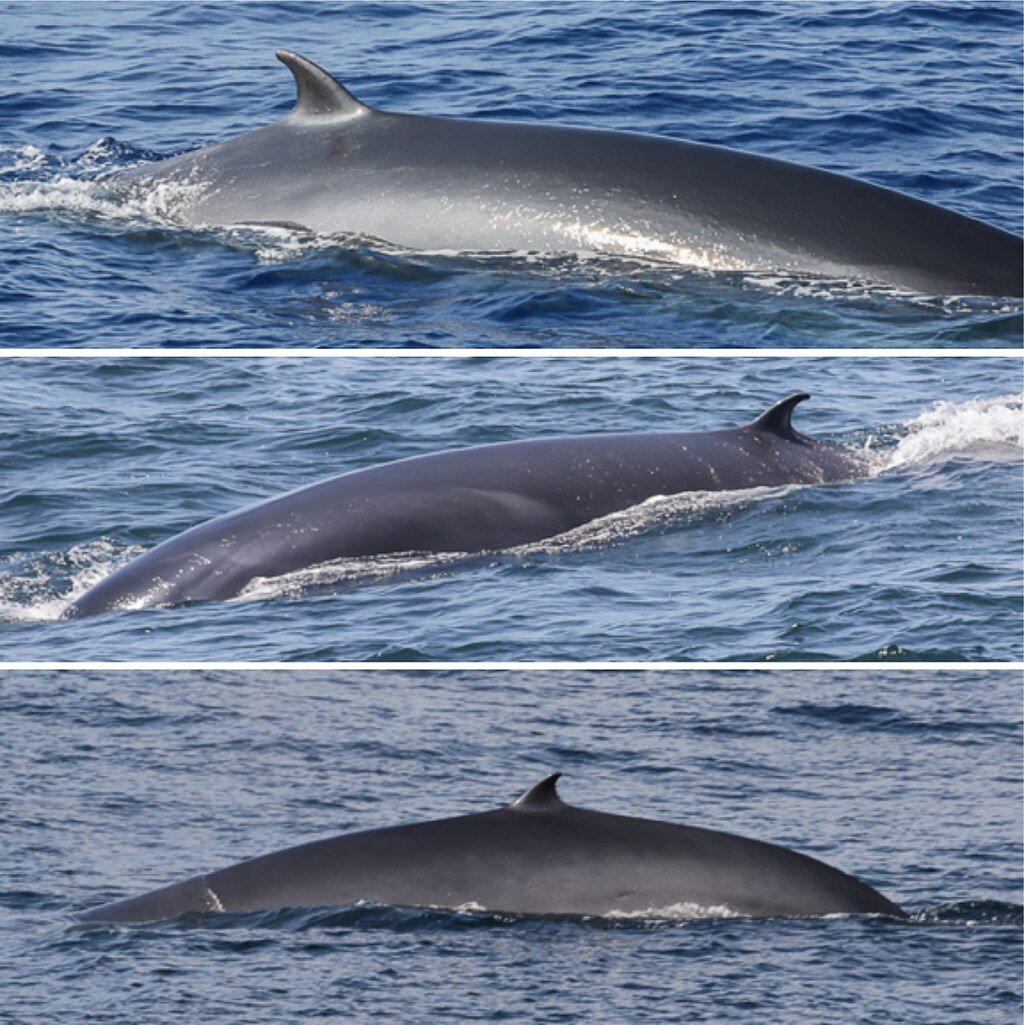
Apart from exposing human behavior, the study reconstructed the ancient marine ecosystem of Bay of Biscay. Examining isotopes and collagen peptides (ZooMS) let scientists find:
- Fin whales (Balaenoptera physalus) – The most common species used.
- Sperm whales (Physeter macrocephalus) – Known for deep diving.
- Gray whales (Eschrichtius robustus) – Now extinct in the Atlantic.
- Blue whales (Balaenoptera musculus) – Rare but present.
- Right/bowhead whales (Balaenidae) – Possibly used for baleen.
Strikingly, while land animals of the time (like reindeer and saiga antelope) have since vanished from Europe, these whale species still inhabit the North Atlantic today suggesting remarkable ecological resilience.
Did Climate Change Drive Coastal Reliance?
The intense shifts in climate during the Late Pleistocene was marked by rising temperatures and melting glaciers. As terrestrial herds migrated, or possibly vanished entirely, coastal resources such as seals, fish, and especially whales may have transitioned into crucial fallback alternatives.
Modern ancient whales are believed to have partaken in quite different diets than modern ones, as is suggested by isotope analysis, indicating some form of marine life ecosystem change alongside humans due to the alterations in ocean currents or prey availability.
The Hidden Treasures in Museum Collections
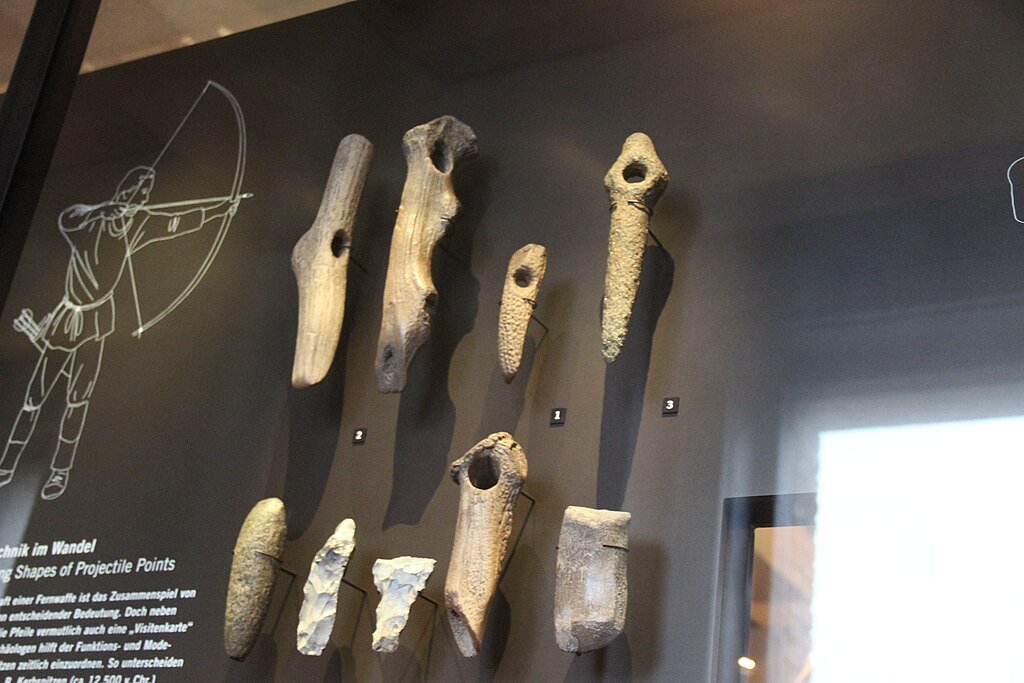
Many of these relics were unearthed more than a century ago and sat unidentified in museums until modern protein analysis (ZooMS) and micro-carbon dating revealed their secrets. Pétillon observes:
“Even old collections, dug up with outdated methods, can yield brilliant insights when revisited with today’s technology.”
This emphasizes the need of revisiting historical discoveries since new methods might uncover lost periods of human prehistory.
What This Means for Human Evolution
The discovery questions the conventional wisdom that Paleolithic people were mostly terrestrial hunters. Rather, it presents a picture of flexible, coastal-adapted societies who took advantage of marine giants laying the foundation for later maritime civilizations.
Could these early contacts with whales have helped to open the path for later whaling societies? Although direct proof of Paleolithic whaling is still elusive, the sophistication of these tools implies that humans were far more linked to the sea than we first thought.
Conclusion: A Lost Chapter of Human-Whale History
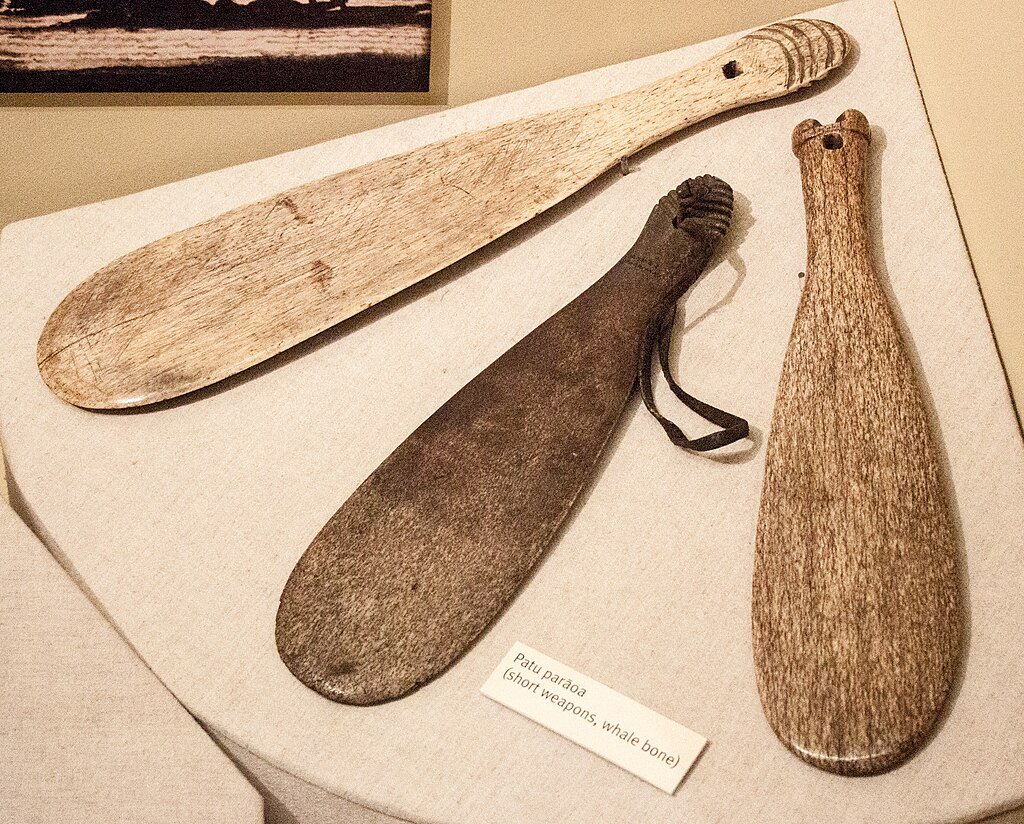
The narrative of whale bone tools in the Ice Age is more than just an archaeological curiosity; it’s evidence of human adaptability and the great, ancient link between our species and the ocean’s giants. These results remind us how much more we still have to discover about our maritime past as rising sea levels threaten to wipe coastal prehistoric sites.
Whose other secrets might be buried under the waves or in museum vaults? One thing is certain: people were already masters of converting the abundance of the sea into survival 20,000 years ago.
Sources:

Jan loves Wildlife and Animals and is one of the founders of Animals Around The Globe. He holds an MSc in Finance & Economics and is a passionate PADI Open Water Diver. His favorite animals are Mountain Gorillas, Tigers, and Great White Sharks. He lived in South Africa, Germany, the USA, Ireland, Italy, China, and Australia. Before AATG, Jan worked for Google, Axel Springer, BMW and others.

